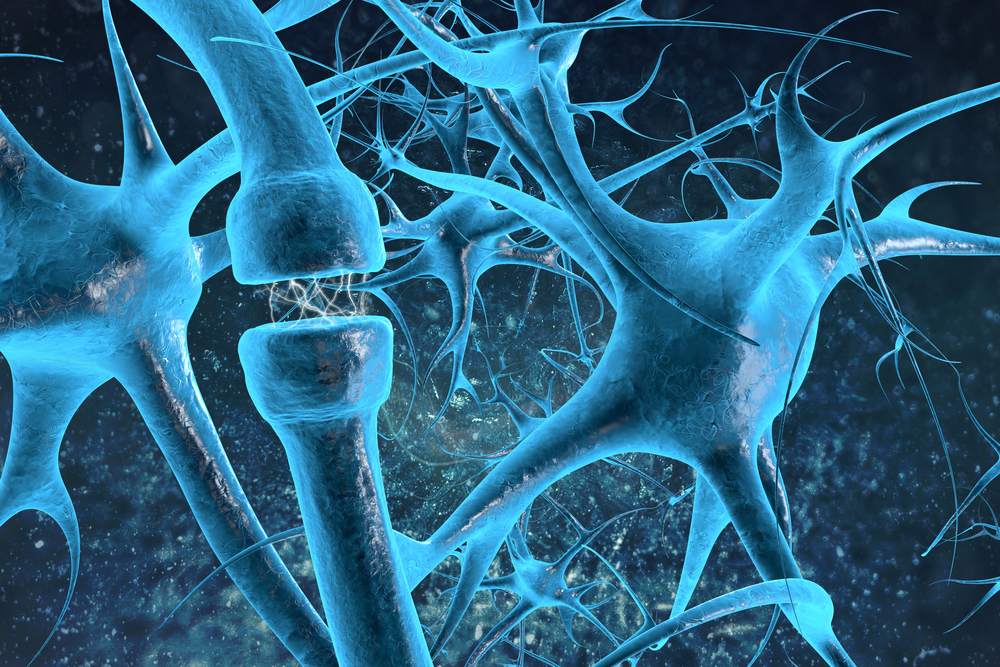
A new chip designed by scientists by the Lawrence Livermore National Laboratory could revolutionize the way testing is handled for biological and chemical agents, disease and pharmaceutical drugs.
Called “brain-on-a-chip,” the device allows scientists to simulate the central nervous system through recordings of neural activity–be it human or animal–placed on microelectrode arrays. This allows them to test effects of various substances on the brain without actually testing them on real subjects’ minds.
“While we’re not close to the point where we can fully recapitulate a brain outside of the body, this is an important step in terms of increasing complexity of these devices and moving in the right direction,” Dave Soscia, co-lead author and LLNL research engineer, said. “The idea is that eventually, the community gets to a point where people are confident enough in the devices that the effects they see from putting chemicals or pharmaceutical drugs into the platform environment are similar to the results we would see in the human body.”
The chip has been divided into four areas, correlating to areas of the brain: three sub-regions and an external region of the brain’s cortex. Cells from the brain were deposited into their respective orientations on the chip. Then, scientists monitored the cells’ action potential patterns emitted during communication.
“This allows us to come up with a platform that we can use to test how chemical agents would affect the brain,” iCHIP principal investigator Elizabeth Wheeler said. “Obviously at a high dose, we know exposure is going to be detrimental, but think about the warfighter who is exposed to a low level of chemical for a long time. Using this device in the future, we might be able to predict how that brain is going to be affected. If we understand how it’s affected, then we can develop a countermeasure to protect the warfighter.”
The effort comes as part of LLNL’s larger vision for countering emerging and existing threats, studies of the various regions of the brain and move to a post-animal/human form of testing. They hope to better understand how brain cells connect and interact, to combat brain disorders, and develop antidotes based on their research. The platform was described in the journal PLOS One.




